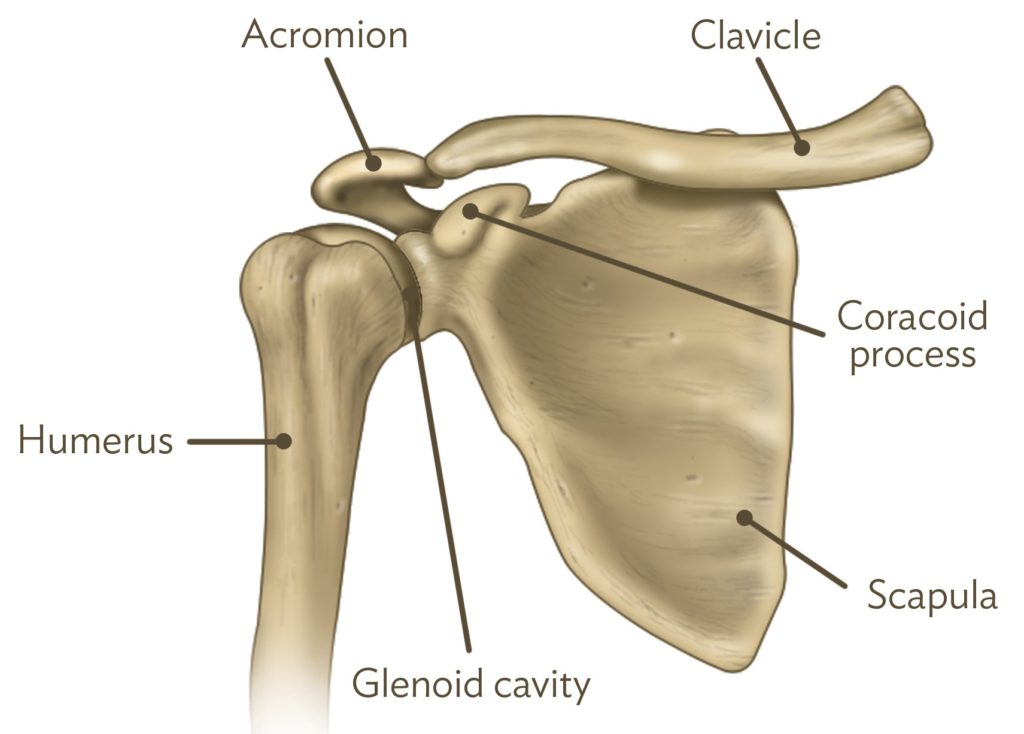
Although shoulder joint replacement is less common than knee or hip replacement, it is just as successful in relieving joint pain.
Shoulder replacement surgery was first performed in the United States in the 1950s to treat severe shoulder fractures. Over the years, shoulder joint replacement has come to be used for many other painful conditions of the shoulder, such as different forms of arthritis.
Today, about 53,000 Americans have shoulder replacement surgery each year, according to the Agency for Healthcare Research and Quality. This compares to more than 900,000 Americans a year who have knee and hip replacement surgery.
If nonsurgical treatments like medications and activity changes are no longer helpful for relieving pain, you may want to consider shoulder joint replacement surgery. Joint replacement surgery is a safe and effective procedure to relieve pain and help you resume everyday activities.
The shoulder joint is comprised of three bones – the humerus, the scapula and the clavicle. In shoulder replacement surgery, the damaged parts of the shoulder are removed and replaced with artificial components, called a prosthesis.
The treatment options are either replacement of just the head of the humerus bone, or ball, or replacement of both the ball and the socket of the scapula, or glenoid.
Source: American Academy of Orthopaedic Surgery
What to expect
Ideally, both procedures create a painless, smoothly functioning joint and a return to an active lifestyle. Results, however, will vary depending on the health of the tissue surrounding the joint, the degree of arthritis at the time of surgery, your activity level and the degree to which you follow your surgeon’s instructions. Most surgeries go well, without any problems. You can expect to be in the hospital for one to two days after surgery.
